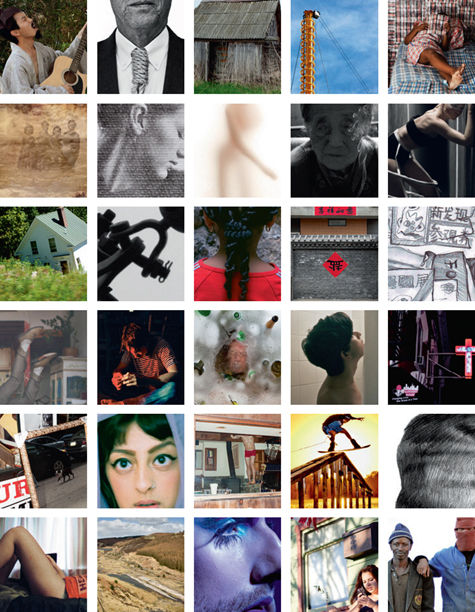PHOTOGRAPHY 4.0
A TEACHING GUIDE FOR THE 21ST CENTURY
An invaluable resource for photography educators, this volume is a survey of photographic education in the first decade of the 21st Century. Drawing upon her 25 years of teaching experience and her professional network, Michelle Bogre spoke with 47 photo educators from all over the world to compile this diverse set of interviews. The themes of these conversations explore:
 Why students should study photography
Why students should study photography
 The value of a formal photography degree
The value of a formal photography degree
 Teaching philosophies
Teaching philosophies
 Whether video and multimedia should be essential parts of photographic curricula
Whether video and multimedia should be essential parts of photographic curricula
 The challenges of teaching photography today
The challenges of teaching photography today
 Changes in photographic education overall
Changes in photographic education overall
The second half of the book shares 70 photography assignments of varying levels of difficulty from these educators, some paired with examples of how students completed them. This book will inspire and invigorate any photography educators curriculum.
MICHELLE BOGRE, an educator with more than 25 years of experience, is an Associate Professor of Photography at Parsons The New School for Design in New York City and a documentary photographer, writer, and intellectual property lawyer. She is the author of Photography as Activism: Images for Social Change, and she regularly writes about photography and law. Michelle authored the Copyright Corner (www.thecopyrightcorner.org), a website created to make copyright law accessible for photographers. She is actively involved with photography education, serving on the national board of the Society for Photographic Education (SPE) and on the advisory board of the Young Photographers Association (YPA). Her photographs have been featured in group shows, including at the Lawrence F. OBrien Gallery at the National Archives in Washington, D.C. and at the Annenberg Space for Photography in Los Angeles.
www.photographyconfidential.com
PHOTOGRAPHY 4.0
A TEACHING GUIDE FOR THE 21ST CENTURY

Educators Share Thoughts and Assignments
Michelle Bogre
First published 2015
by Focal Press
70 Blanchard Road, Suite 402, Burlington, MA 01803
and by Focal Press
2 Park Square, Milton Park, Abingdon, Oxon OX14 4RN
Focal Press is an imprint of the Taylor & Francis Group, an informa business
2015 Michelle Bogre
The right of Michelle Bogre to be identified as author of this work has been asserted by her in accordance with sections 77 and 78 of the Copyright, Designs and Patents Act 1988.
All rights reserved. No part of this book may be reprinted or reproduced or utilised in any form or by any electronic, mechanical, or other means, now known or hereafter invented, including photocopying and recording, or in any information storage or retrieval system, without permission in writing from the publishers.
Notices
Knowledge and best practice in this field are constantly changing. As new research and experience broaden our understanding, changes in research methods, professional practices, or medical treatment may become necessary.
Practitioners and researchers must always rely on their own experience and knowledge in evaluating and using any information, methods, compounds, or experiments described herein. In using such information or methods they should be mindful of their own safety and the safety of others, including parties for whom they have a professional responsibility.
Product or corporate names may be trademarks or registered trademarks, and are used only for identification and explanation without intent to infringe.
Library of Congress Cataloging in Publication Data
Photography: a teaching guide for the 21st century: educators share thoughts and assignments / [edited by] Michelle Bogre.
pages cm
Includes bibliographical references and index.
ISBN 978-0-415-81521-5 (pbk.) ISBN 978-1-315-77756-6 (ebk) 1.
PhotographyStudy and teaching. 2. EducatorsInterviews. I. Bogre, Michelle.
TR161.P57 2014
770.71dc23
2013046495
ISBN: 978-0-415-81521-5 (pbk)
ISBN: 978-1-315-77756-6 (ebk)
Designed and typeset by Alex Lazarou
This book is dedicated to all students worldwide who place their trust in us.
CONTENTS



This book owes its existence to many people. So in no particular order, I express my gratitude to all of my colleagues who generously shared their time, their thoughts, and their assignments; to my assistant, Jack Salazar, who miraculously created order out of my chaos; all the students who enthusiastically agreed to illustrate the book and do the assignments during their summer break; to Huang Taimei and Daniel Udell for their scholarly translations of Chinese and Catalan, respectively; to my colleague Bill Gaskins; to Jack Crager, the best editor Ive ever worked with because he always improves my writing; to Kimberly Duncan-Mooney and Alison Duncan at Focal Press, for their unwavering support and enthusiasm; and finally to my husband, Peter Udell, who always cheered me on, but who will be happy not to hear me say, Sorry I cant, I have to work on my book.

Image courtesy of Min Zheng
The illiterate of the future will be the person ignorant of the use of the camera as well as the pen.
Lszl Moholy-Nagy
I LOVE PHOTOGRAPHY. And I love teaching. This book arises out of my love for both, and a desire to create a resource for my colleagues in photographic education. This book is a snapshot of photographic education in the first decade of the twenty-first century, based on interviews with 47 photo educators in six countries: China, South Africa, Finland, the United States, the United Kingdom, and Spain. I chose the educators from my personal network developed from more than 20 years teaching and 14 years as Chair of the Photography department at Parsons The New School for Design in New York. I sought to include a range of types of schools and programs, with an eye for diversity (although that, like photo education in general, is not as inclusive as I would prefer); to reflect my fierce interest in a global view; and finally, to include those faculty members who enthusiastically embraced this project. In interviews conducted either by Skype, phone or email, we talked about why students should study photography, the value of a four-year photography degree, teaching philosophies, whether video and multimedia should be an essential part of a photographic curricula, the challenges of teaching photography today, and changes in photographic education. In addition to sharing their time and ideas, my colleagues also shared assignments, which are as complex and multi-faceted as they are. These assignments can be adapted and altered as needed to invigorate our respective syllabi.

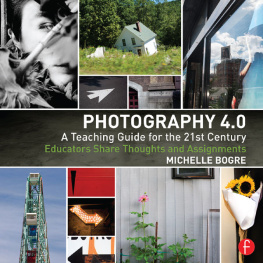
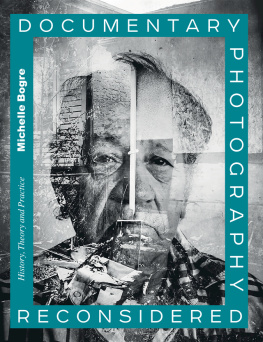

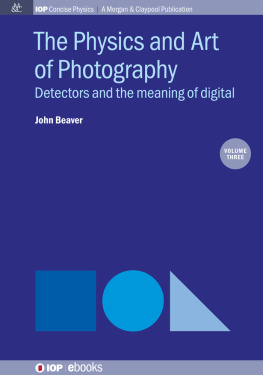
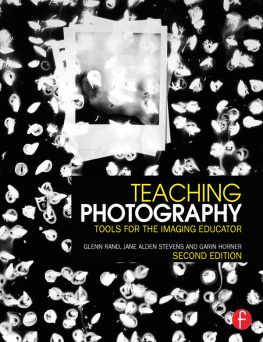
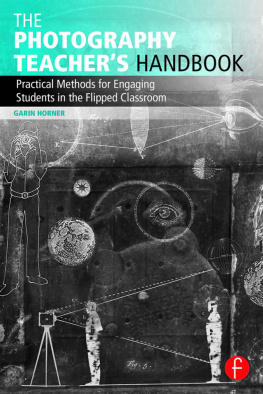
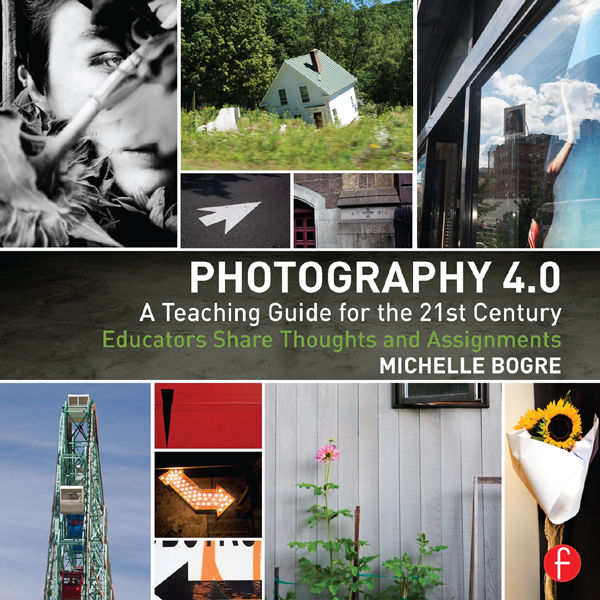
 Why students should study photography
Why students should study photography

